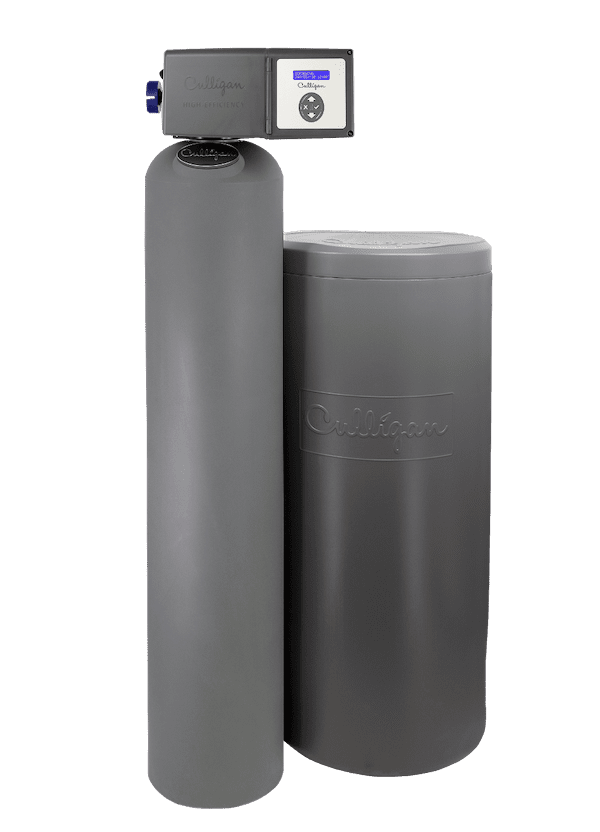Your Guide to Water Softener Sanitization
Water softener sanitization and maintenance on your mind? Here are answers to your questions, so you can get the best results from your softener for years.
If you've installed a water softener for your home, you're already on your way to getting great quality water. And maintaining a softener is quite easy too, if you know how. Here's a quick guide to water softener sanitization to help you get started:
-
Where Should You Start?
As the first step, get acquainted with the product manual to understand your softener type and how it works. Most modern systems such as the Culligan High Efficiency Water Softeners are easy to use and maintain. They're designed to suit your unique home needs. And with minimum but timely supervision, you can ensure your softener runs smoothly for years to come.
-
How Should You Sanitize Your Softener?
For a long time, chlorination was the most common method of sanitization. However, the smell and lingering aftertaste of chlorine in your water can be quite unwelcome.
Culligan softeners use Sani-System packs instead. They're pre-measured to come in 0.5 ounce packs and are easy to use. So, all you need to do is empty one of these packets into your brine tank periodically and you're good to go. You can also schedule these packets to be delivered along with your softener salt during the service call process.
Also, to clean the exterior of your Culligan water Conditioner, use only mild soap and warm water. Using any kind of harsh chemicals such as acid, vinegar or bleach can damage your system.
-
When Should You Sanitize Your Water Softener?
Anytime your softener's valve body is exposed to air, it's time to sanitize. Don't forget, water softeners can easily get contaminated too. Even if your water is disinfected at the source, bacteria can enter at any point before the regeneration process.
Typically, hard water has calcium and magnesium salts. Sometimes there are other contaminants such as iron and sulfur which can allow all kinds of bacteria to grow. So, look out for signs such as color change, foul taste or a smell of rotten eggs in your water and get your water tested regularly.
-
How Often Should You Clean Your Softener?

Ideally, you would need to clean the entire system every 3 months. In addition to routine cleanings, if your unit has been sitting idle for more than a week, clean it again before turning it on.
Moreover, the quality of softener salt you use also matters. At times, insoluble salt settles at the bottom of the Salt Storage Tank, forming "bridges" which could damage the softener and reduce its efficiency. So, be sure to get such salt buildup removed as quickly as possible.
To get the best out of your Culligan water Conditioner, remember to clean the external Salt Storage Tank regularly.
-
When Should You Call In The Expert?
Always refer to the product manual and Culligan 'Use and Care' guide. Make sure you check your softener's overall functioning in all cycle positions. And monitor the quality of your water for any change in taste, smell and hardness.
But when in doubt, it is always better to seek expert help. Get in touch with your local Culligan water expert anytime you have any questions about your Culligan water softener. He is equipped to help you with service and maintenance related issues as well.
Finally, if you have an older unit, think about replacing it with a newer model. That way, you will continue to enjoy the benefits of soft, fresh water without worrying too much about the upkeep.
